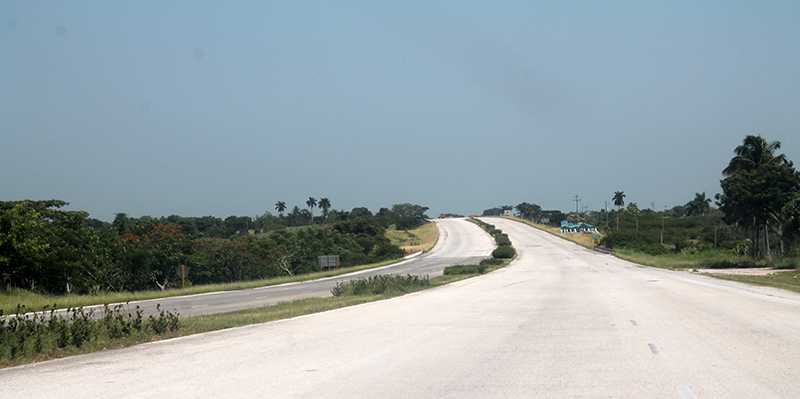WEAVE
Capacity and level of service for freeway weaving areas
Project details
Duration
01.2013-11.2017
Sponsor
external page VSS Research Commission for Road Transport in Switzerland
Partner
external page RK&P Rudolf Keller & Partner Verkehrsingenieure AG
Staff
Dr. M. Menendez, H. He and M. Rothenfluh
Summary
In this project, weaving sections in Switzerland were analyzed empirically and with simulation studies. Measurement studies were carried out in 5 weaving sites in Switzerland. These include 2 A0 type weaving sections, 2 B0 type weaving sections, and 1 G0 type weaving section. From observation of the traffic, we concluded that the bottleneck is activated due to intensive lane changes at the merge area. This is because drivers make their lane changes very early in Switzerland. Most weaving lane changes take place within the first 20-30% of the weaving section length. The above driving characteristic was then modelled in simulation studies for A0 and B0 type sections. The different sites were modelled with VISSIM using the collected data for calibration and validation, so they accurately model the Swiss traffic conditions. Based on the results, methodologies and norms for weaving sections in Switzerland were suggested. This adds to the set of norms published by VSS in 1999 to provide the basis for the design and evaluation of different traffic systems and structures in Switzerland.
